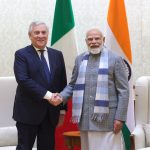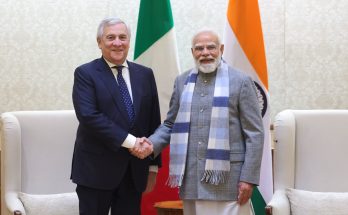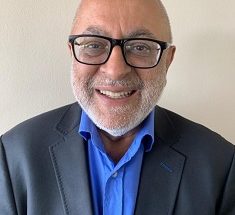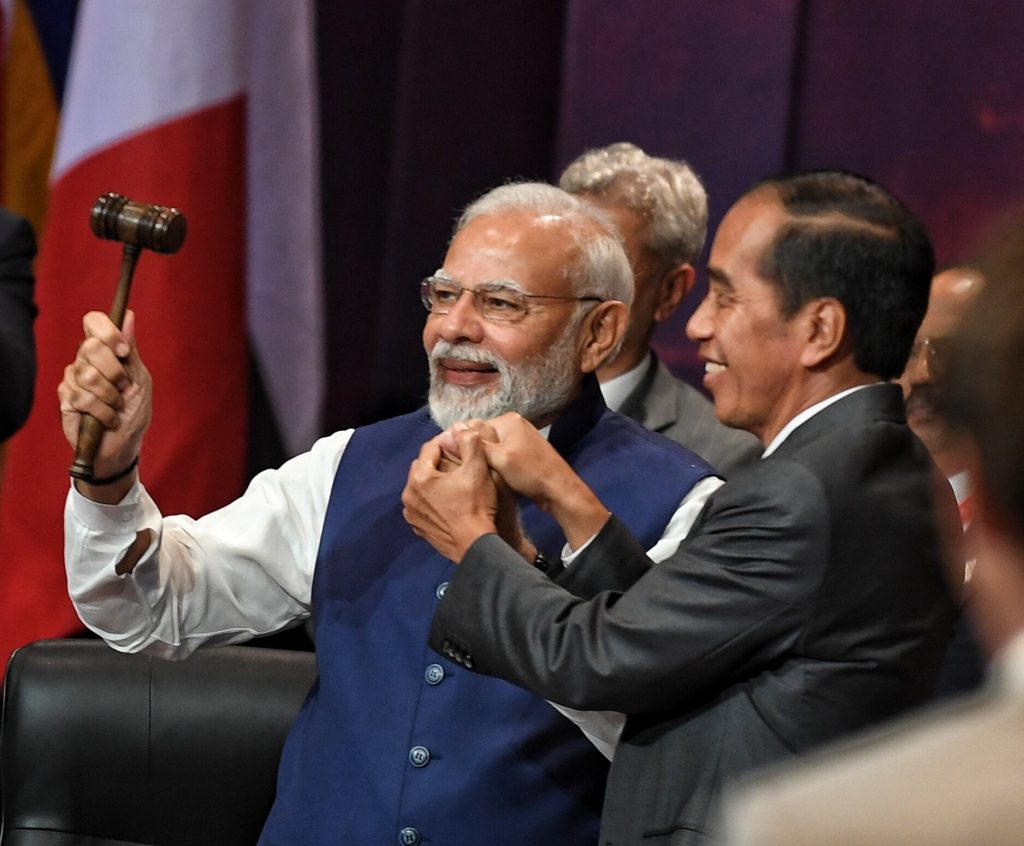
As the world rings out the crisis-ridden 2022, and ushers in another year, India has emerged as a beacon of “hope, healing and harmony”—the trinity of ideals that defines New Delhi’s worldview, as reimagined by the country’s hands-on Prime Minister. These three ideals have also been chosen by Narendra Modi to frame India’s first-ever G-20 presidency, which promises to be a watershed moment in the ascent of this ancient country as an emerging modern power, rooted in its centuries-old civilisational ethos.
In many ways, the third decade of the 21st century is “India’s Decade,” requiring more from its leaders and practitioners of the country’s foreign policy and statecraft. Prime Minister Modi has sensed the importance of the moment and is imaginatively harnessing partnerships with major global players to spur the rise of India. In achieving his overarching mission of making India a global power, with its own unique voice and narrative on world affairs, Modi has been working tirelessly on both domestic and foreign policy fronts, as these two realms are becoming increasingly intertwined in a world where just about everything is becoming weaponised.
DIPLOMATIC TIGHTROPE
When he became the Prime Minister for the first time in May 2014, nobody expected this three-time Chief Minister of Gujarat and an outsider to Lutyens’ Delhi to become the country’s chief diplomat and shepherd foreign policy like a gifted artist. But, as in other areas, PM Modi took the lead and minted a new multi-dimensional foreign policy of multi-alignment and issue-based alignments that has made India the most sought-after partner in the global circuit. After all, who could hug the two arch adversaries, US President Joe Biden and Russian President Vladimir Putin, with the same panache? It’s hard to imagine any other world leader who could tell Putin on his face that this is “not the age of war,” and also get his foreign minister S. Jaishankar to tell the hubris-stricken West that “Europe’s problems are not the world’s problems,” and still manage to be friends with both sides.
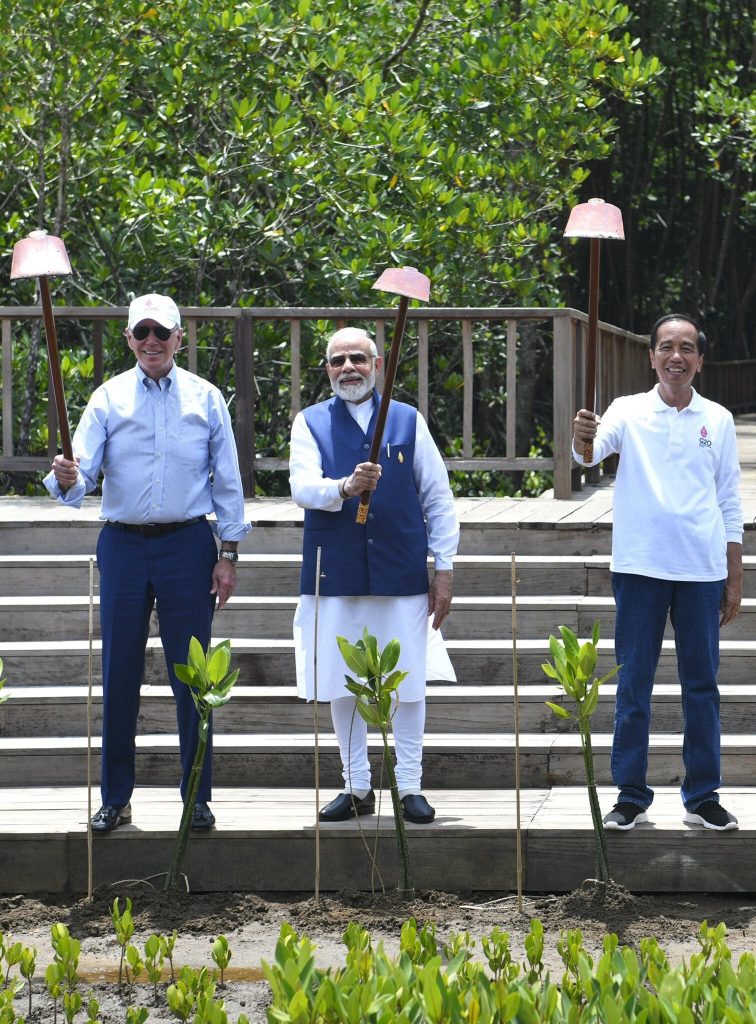
The short-sighted and prejudiced may call it double-speak, but those who swear by diplomacy know that it takes a lot of courage and nimbleness to walk this diplomatic tightrope to protect and promote India’s vital interests. This approach of reconciling contrary viewpoints was crystallized in India’s diplomatic masterstroke on the Ukraine crisis at the G-20 summit in Bali where Indian negotiators, along with their counterparts from IBSA countries, literally burnt the midnight oil to strike a midway formula that resulted in the Leaders’ Declaration. In a bow to India’s astute diplomacy and civilisational wisdom, Modi’s exhortation, “this is not the age of war,” was included in the Bali Declaration.
This polyvalent approach is working well, with India’s relations with the West and Russia progressing well on different trajectories. India’s argument that purchasing Russian oil was meant primarily for energy security has finally been accepted by a preachy West, which has been doing precisely this by buying more oil in an afternoon from Russia than India does in a month. In a dramatic reversal, India is no longer seen as an outlier, but its simultaneous engagement with Russia, Ukraine and the West, without getting entangled in zero sum games, is perceived as an asset in trying to resolve the Ukraine crisis.
G20 MOMENT
Against this larger backdrop of a conflicted international landscape, all eyes are on India’s G-20 presidency as the world’s fastest-growing major economy tries to forge consensus on pressing global challenges ranging from food, fuel and fertiliser security to climate change and sustainable development. As PM Modi took the gavel of the G-20 presidency from Indonesian President Joko Widodo in Bali, he promised that “India’s G-20 agenda will be inclusive, ambitious, action-oriented, and decisive.” As the chair of G-20, India’s major priorities include reviving economic growth, accelerating fulfilment of Sustainable Development Goals (SDGs), generating the much-needed climate finance to spur green transition and bridging the digital divide to widen the arc of prosperity.
Making G-20 more inclusive and representative of emerging and developing countries is a major strategic goal of India’s G-20 presidency. The G-7 countries have a tendency to dominate the global agenda, but India’s G-20 moment is about seizing the initiative to recast the G-20 to reflect priorities of emerging economies. With IBSA countries holding the G-20 presidency till 2025—India in 2023, Brazil in 2024 and South Africa in 2025—it’s the perfect opportunity for India to project interests, and aspirations of the Global South.
LEADING POWER
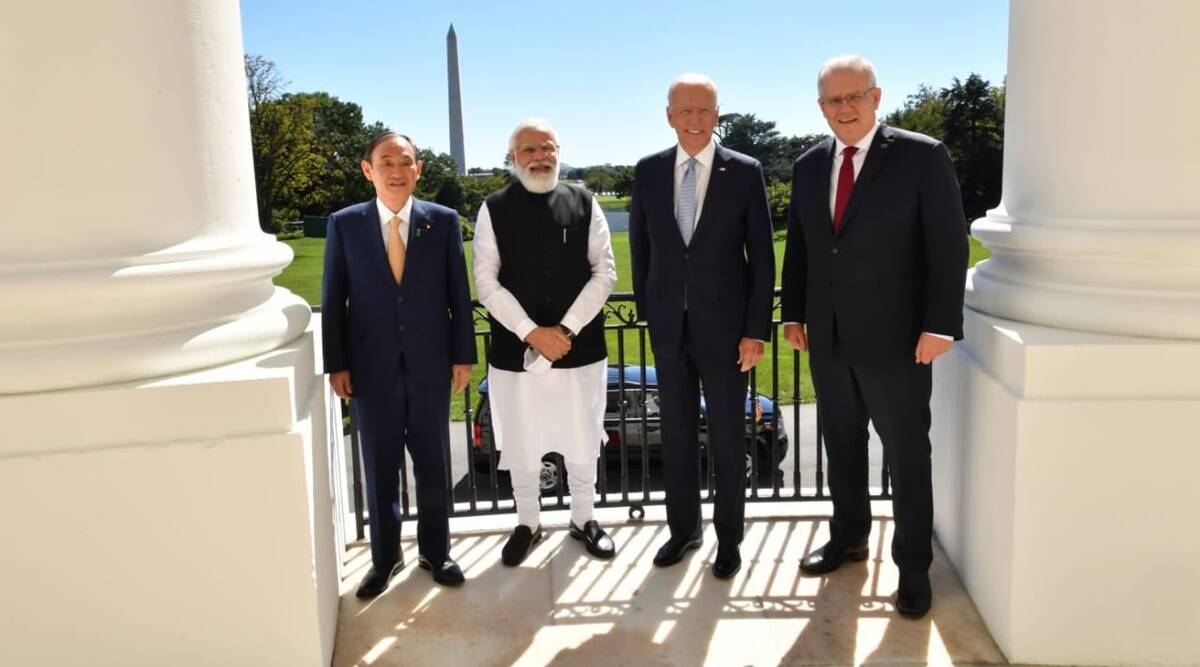
No longer content with being a balancing power, India is set to position itself as a leading power, a global agenda-setter and a problem-solver—a vision of India’s global activism which was first articulated by PM Modi in 2015 in an address to heads of Indian missions from across the world. The presidency of the UN Security Council in December 2022, and its tenure as UNSC non-permanent member provide a glimpse of what India can do in a global leadership position. The two-year term saw India taking pioneering initiatives, including chairing the first-ever UNSC presidency meeting on maritime security and hosting for the first time the United Nations Security Council Counter-Terrorism Committee in New Delhi in October this year.
In all these multifarious endeavours, PM Modi has led from the front. A new idiom of international cooperation has been created as the world embraces concepts and expressions coined by Modi such as SAGAR—Security and Growth for All in the Region; One Earth, One Health; LiFE, Lifestyle for Environment; P3 or Pro-Planet People; International Day of Yoga; and One Sun One World One Grid.
Looking ahead, it’s reassuring to see that under PM Modi’s watch, Indian diplomacy has shed decades of risk-aversion to pursue India-first foreign policy with unprecedented vigour and activism, enabling India to navigate its own rise on its own terms. The world, polarised and pulling in different directions, will expect more from India, and one can expect India to raise the bar and step up to the plate as a bridge-builder, healer and problem-solver. This is the essence of “One Earth One Family One Future” and “Vasudhaiva Kutumbakam” that animates India’s G-20 presidency.
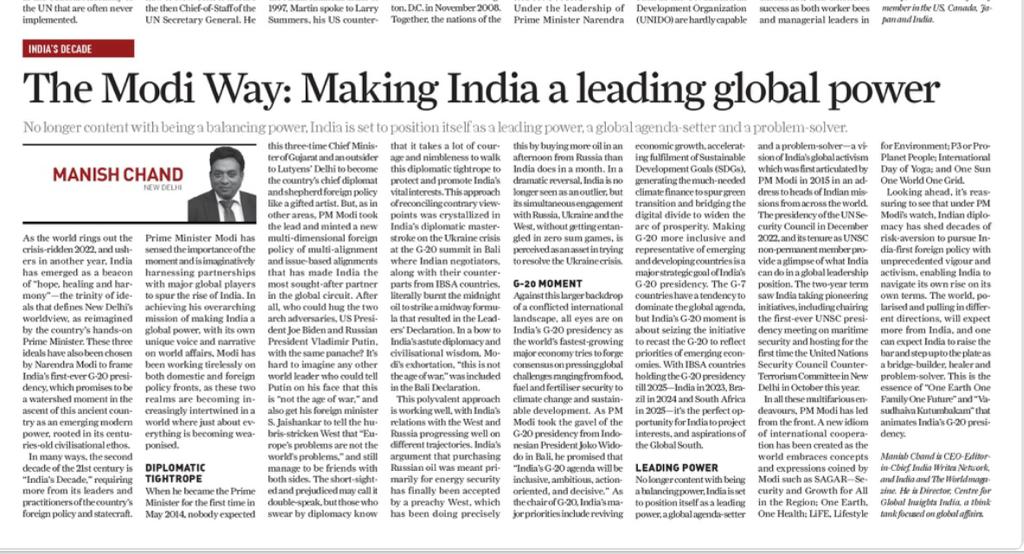
(Manish Chand is CEO-Editor-in-Chief, India Writes Network, and India and The World magazine. He is Director, Centre for Global Insights India, a think tank focused on global affairs.
Author Profile

- Manish Chand is Founder and Editor-in-Chief of India Writes Network (www.indiawrites.org) and India and World, a pioneering magazine focused on international affairs. He is CEO, Centre for Global India Insights, an India-based think tank focused on global affairs.
Latest entries
 India and the WorldDecember 12, 2025India-Italy bonding: Tajani’s visit raises the bar for business, maritime ties
India and the WorldDecember 12, 2025India-Italy bonding: Tajani’s visit raises the bar for business, maritime ties In ConversationNovember 26, 2025G20 is a Force for global Good
In ConversationNovember 26, 2025G20 is a Force for global Good articlesNovember 26, 2025Rescuing G20 from North-South divide: Ubuntu Moment
articlesNovember 26, 2025Rescuing G20 from North-South divide: Ubuntu Moment India and the WorldOctober 27, 2025Modi hails the century of India and ASEAN, backs ASEAN centrality
India and the WorldOctober 27, 2025Modi hails the century of India and ASEAN, backs ASEAN centrality

